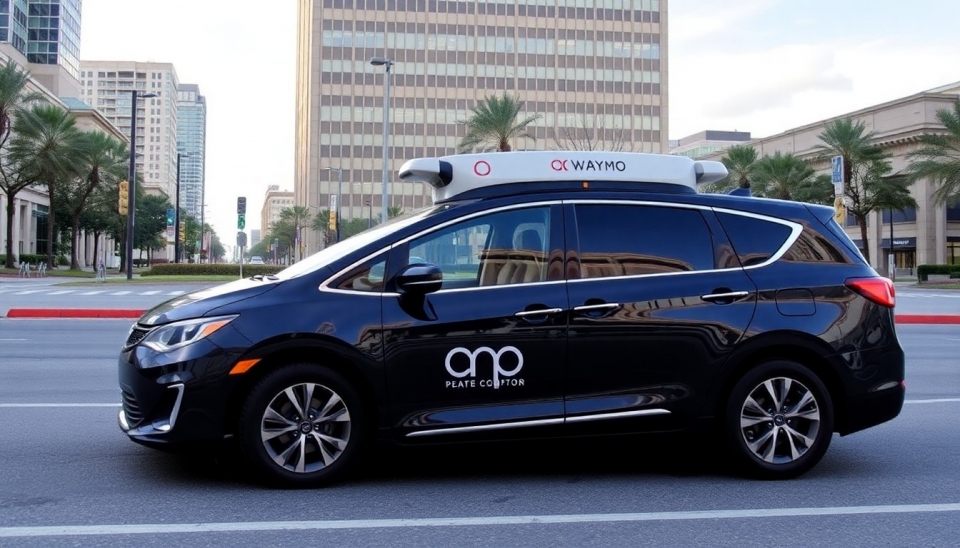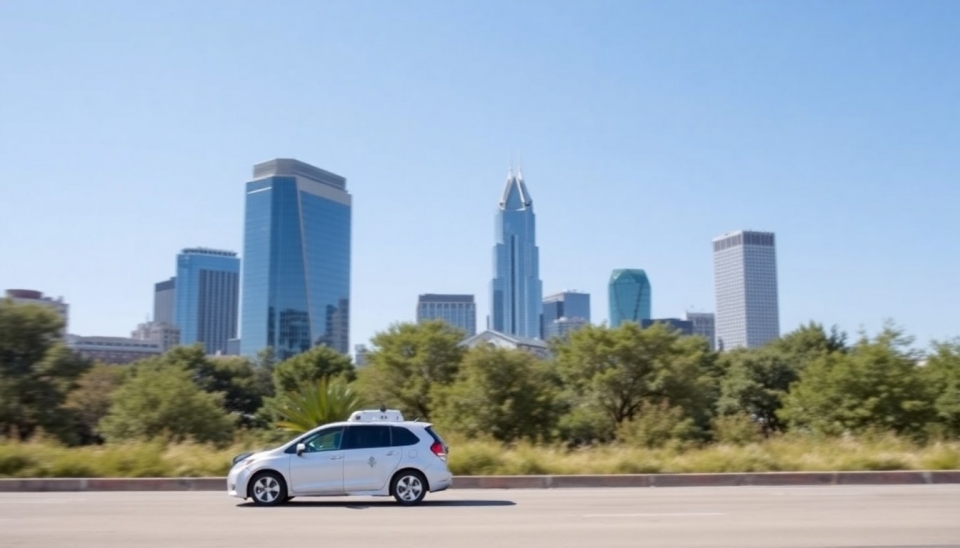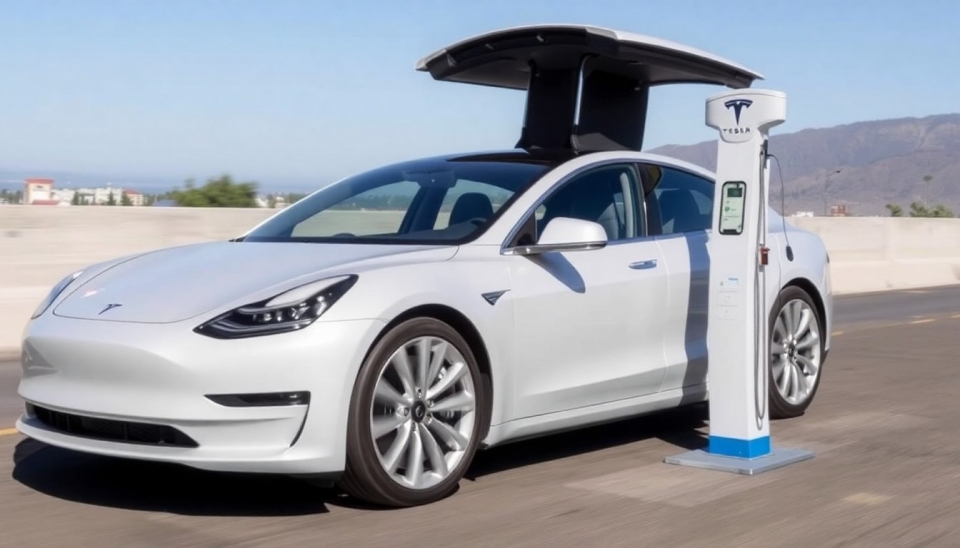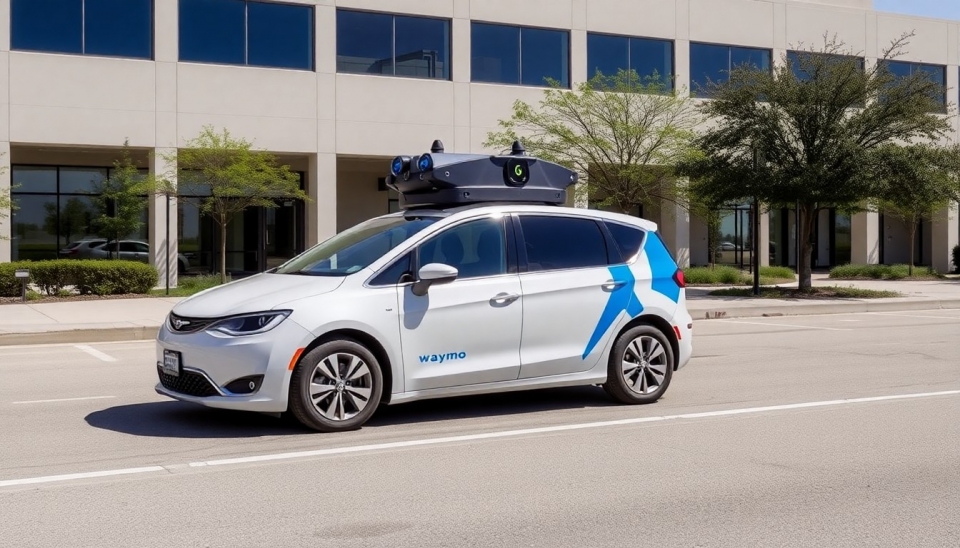
In a significant development for the autonomous vehicle industry, Waymo's driverless robotaxis have recently gained traction in Austin, Texas, accounting for a striking 20% of all Uber rides based on new data released. This marks a pivotal moment in the competition between traditional ride-hailing services and emerging autonomous technology.
Waymo, the autonomous driving division of Alphabet Inc., has been steadily expanding its operations, aiming to establish a strong foothold in urban centers across the United States. Since launching its robotaxi service in Austin, the company has garnered increasing user interest, effectively reshaping the local transportation dynamics.
The data revealing Waymo's 20% share of the ride-hailing market came from various ride-tracking apps and analytics tools, which monitored the availability and usage of rides in real-time. This has raised eyebrows not only within the tech community but also among urban planners and transportation experts who are keenly observing the capabilities and acceptance of self-driving vehicles among the public.
Ride-hailing giant Uber has felt the impact of Waymo's service during this transition. Traditionally, Uber has dominated the ride-hailing landscape, but the emergence of autonomous alternatives presents a unique challenge to its business model. As more users become comfortable with the idea of riding in a vehicle without a human driver, the implications for both Uber and the broader ride-hailing market are significant.
Experts suggest that Waymo's success could lead to a paradigm shift in how cities handle transportation, potentially reducing congestion and pollution as robotaxis become a more common sight on the streets. Furthermore, a decrease in car ownership is anticipated, as users opt for on-demand services rather than maintaining personal vehicles.
As the competition heats up, Uber is likely to respond by enhancing its offerings, scaling back prices, or even exploring partnerships with automation technology firms. This evolving landscape underscores the importance of innovation in the ride-hailing sector, highlighting the necessity for adaptability in an ever-changing market.
This development in Austin is not just a local phenomenon; it serves as a microcosm of a larger trend that is unfolding across the United States and worldwide. With other cities also exploring the integration of autonomous vehicles in their transportation networks, the outcome of this battle between traditional ride-hailing and autonomous services will have lasting ramifications for the future of urban mobility.
As cities continue to embrace technological advancements, the intersection of safety, regulation, and public acceptance will play a critical role in determining the long-term viability of these autonomous solutions in urban transportation. Stakeholders will be closely monitoring future data trends to gauge whether this 20% figure is a fleeting success or a precursor to even greater market disruption.
The ride-hailing and autonomous vehicle sectors are undoubtedly on the brink of major changes as they navigate this new competitive landscape. The proliferation of Waymo's robotaxis in Austin could be just the beginning of a broader transition that redefines how people navigate urban environments.
As ongoing developments unfold, all eyes will be watching Austin to see how this experiment in autonomous mobility plays out and what it means for the future of ride-hailing at large.
#Waymo #Robotics #RideHailing #Uber #Austin #AutonomousVehicles #UrbanMobility
Author: Liam Carter



